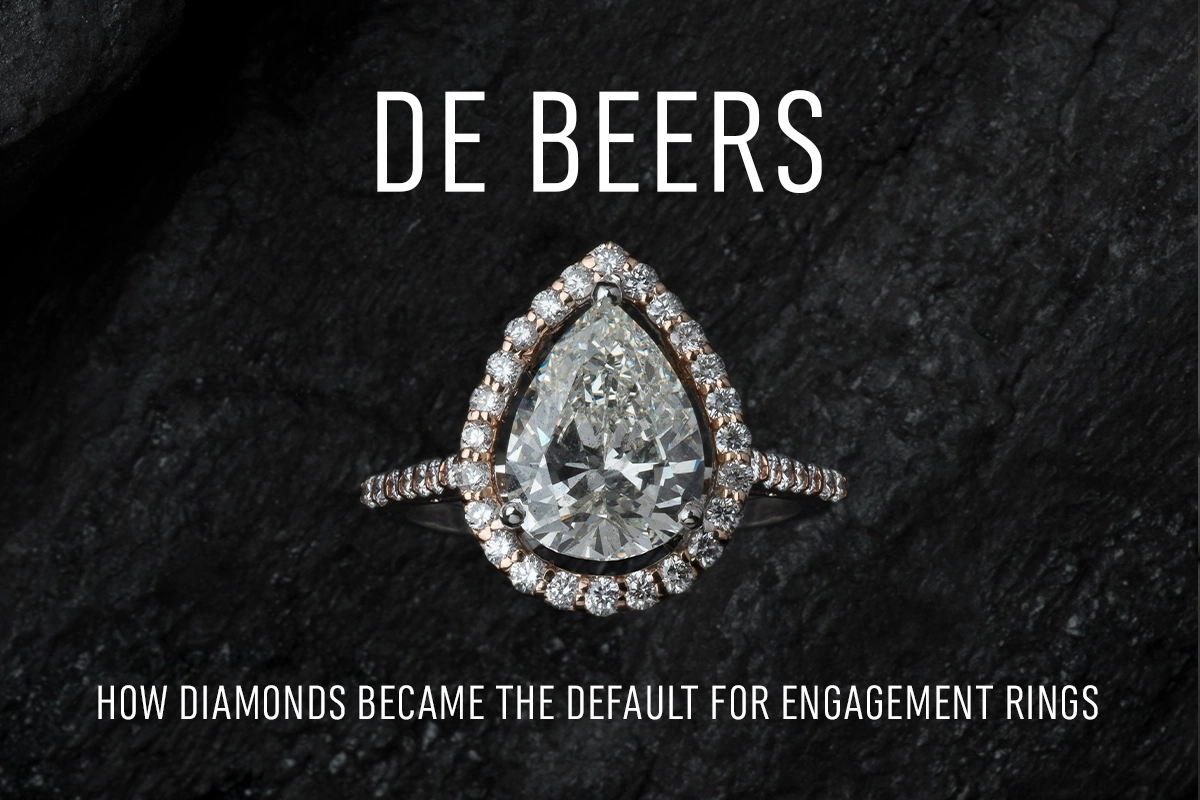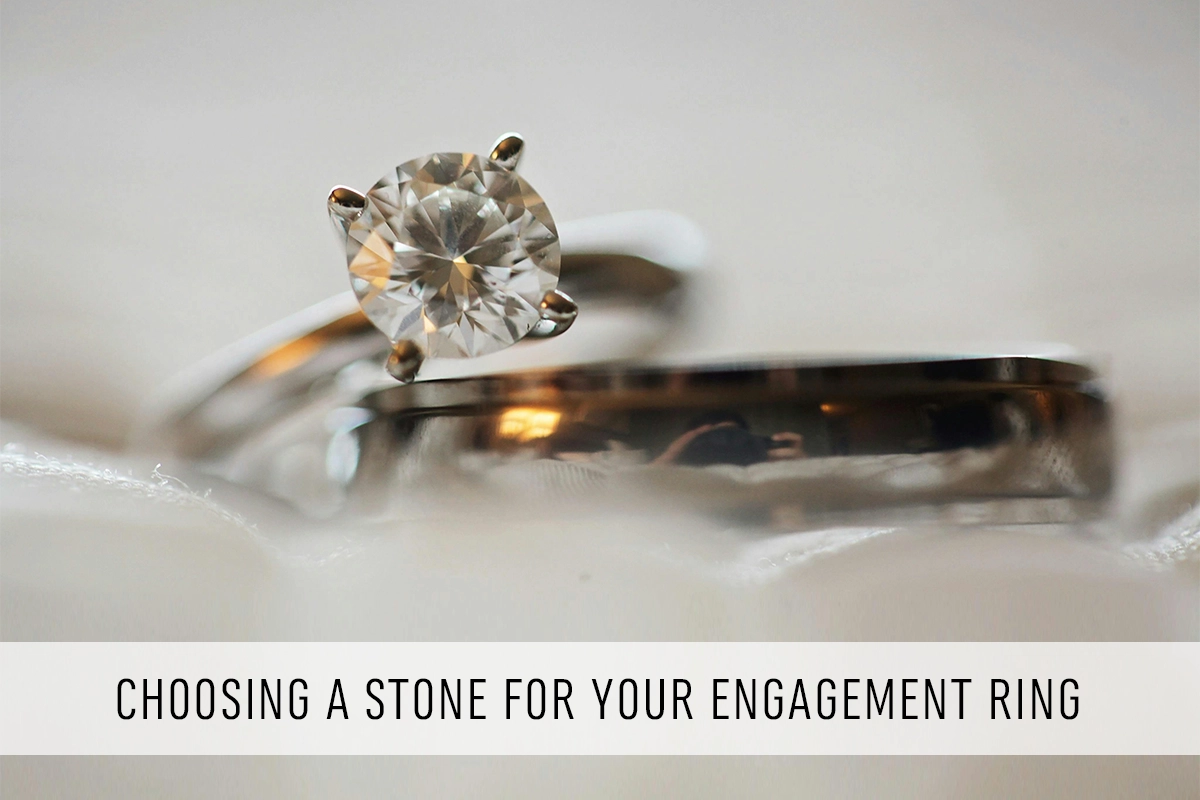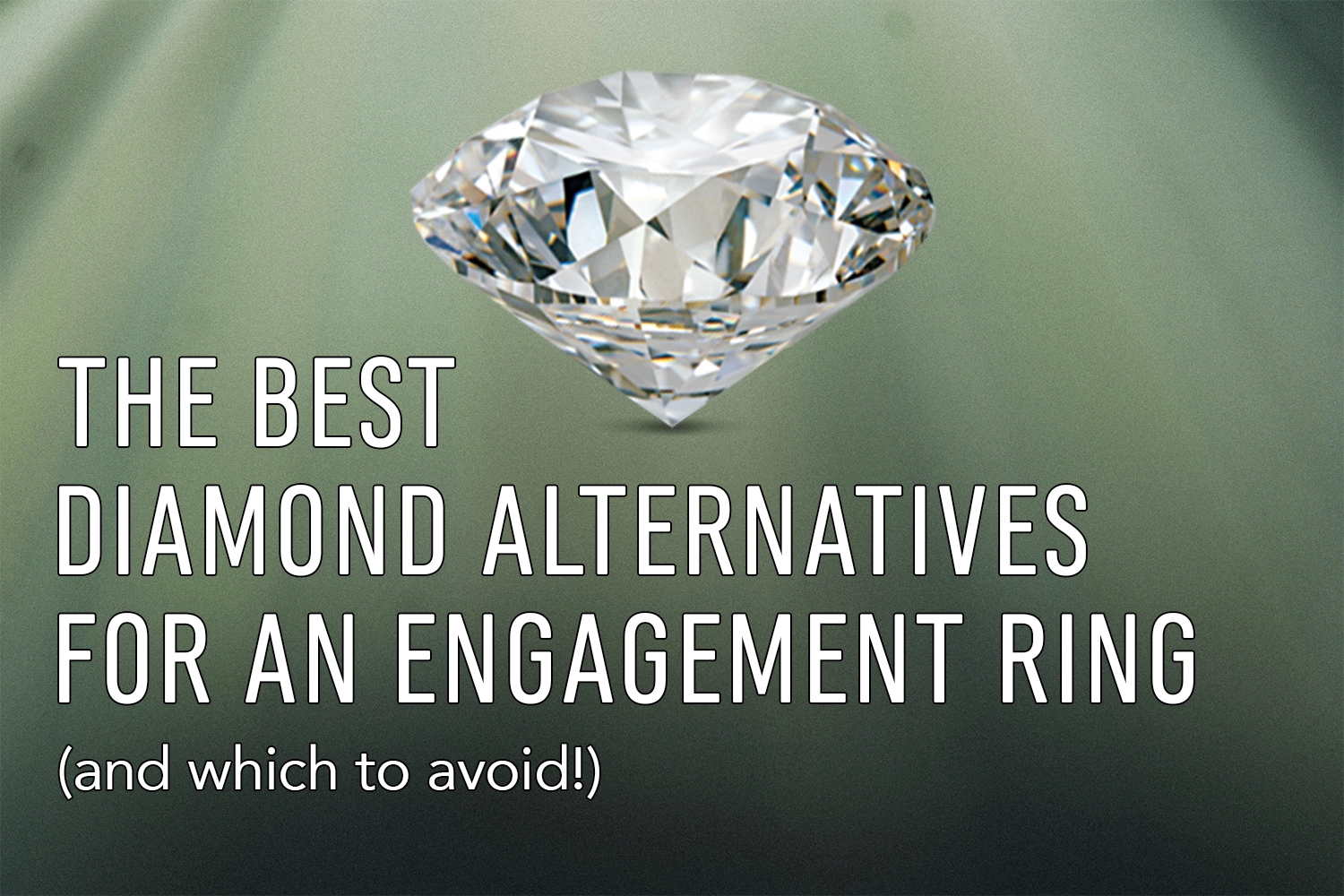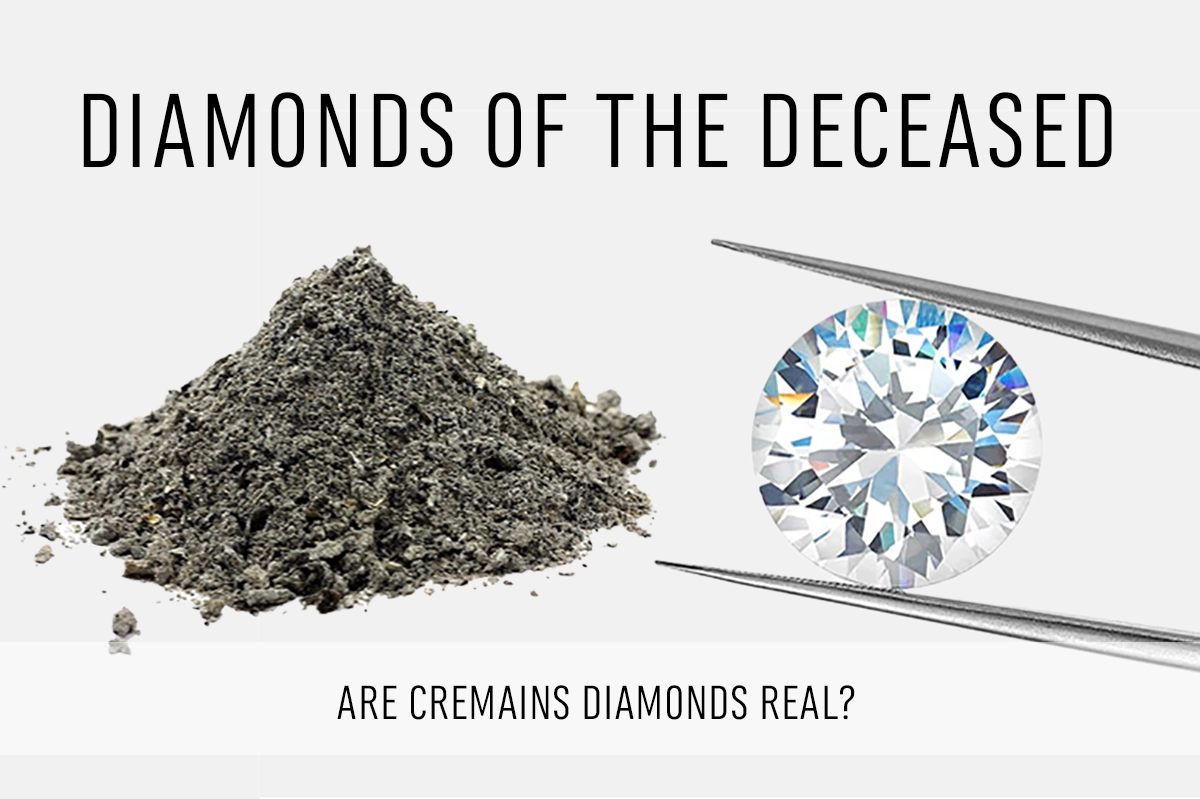
You might think that diamonds became the most popular choice for engagement rings because of their durability and brilliance – but that’s not the whole story.
Until the 1930s, it wasn’t very common to propose with a diamond ring – or at least not one with a large stone like we see later in the century. But in the second half of the 20th century, that all changed.
Today, 85-90% of engagement rings include at least one diamond with an average size (in the US) of 1 carat.
Here’s how it happened.
De Beers and the Greatest Advertising Campaign of all Time
Prior to the late nineteenth century, diamonds were very rare, found only in a couple of places in the entire world. Larger, gem-quality specimens were practically non-existent.
Then, in 1870, several huge diamond mines were discovered in South Africa and the quantity of diamonds available skyrocketed.
Rather than allow this newfound abundance to flood the market and drive down the price of diamonds, investors banded together to create a single entity to manage the diamond trade: De Beers Consolidated Mines, Ltd.
De Beers was tasked with not only controlling the supply of diamonds worldwide, but also increasing demand for these precious gemstones.
“Both women and men had to be made to perceive diamonds not as marketable precious stones but as an inseparable part of courtship and married life. To stabilize the market, De Beers had to endow these stones with a sentiment that would inhibit the public from ever reselling them. The illusion had to be created that diamonds were forever—“forever” in the sense that they should never be resold.”
Epstein, the Atlantic, February 1982
Using the services of New York based ad agency N.W. Ayer, De Beers sought to cement the perception that diamonds were synonymous with wealth and everlasting love. A status symbol that became the measure by which you judged a man’s commitment to a woman.
They placed photographs of starlets wearing large diamond rings in every magazine, inserted diamond engagement rings into movies and insinuated that the size of the diamond was equal to the success of the relationship. De Beers even invited Queen Elizabeth to tour the South African diamond mines and presented her with the highest quality stones to encourage the royal family to wear diamonds over other precious gemstones.
To say that this campaign was successful would be an understatement. In only a few years, the sale of diamonds in the United States had increased by 55 percent.
Nearly a century later, most people are still familiar with the slogan “A Diamond is Forever” coined by a copywriter at Ayer in the late 1940s. This is still considered to be one of the most iconic advertising campaigns ever.
The Fall of De Beers
You might be wondering: “Does De Beers still hold the monopoly on diamonds?”
At their peak in the late 1980s, De Beers controlled nearly 90% of the diamond market, setting the prices worldwide. However, in the 90s and 2000s, many diamond producers (specifically in Canada and Australia) decided to distribute their diamonds independently, breaking De Beers’ careful control over the diamond supply.
Because of this and other factors (including some negative publicity surrounding De Beers involvement in selling conflict diamonds and several price fixing lawsuits) they no longer hold a monopoly on the diamond trade, and prices are now controlled by actual supply and demand.
While De Beers no longer holds all the cards, their impact on the diamond industry is immeasurable and we will never truly separate diamonds from De Beers.
Are Diamonds a Scam?
While all of this may lead you to believe that diamonds are a scam, that really isn’t the case. Diamond’s durability and brilliance are unmatched by any other gemstone in the world, and, now that prices are no longer artificially inflated by De Beers hoarding coffers full of diamonds, the cost of a diamond has become more aligned with their value.
The main takeaway here is that diamonds should not be the only choice when choosing an engagement ring. Forget a century of advertising campaigns and let your heart (and these considerations) decide which gemstone to set upon the finger of your beloved.
Frequently Asked Questions
Do Blood Diamonds still exist?
Blood diamonds, also referred to as conflict diamonds, war diamonds, hot diamonds, or red diamonds, are unrefined diamonds extracted from countries in active conflict and used to finance these wars.
Before the Kimberly Process came into existence in 2003, it is believed that around 25% of all diamonds globally were sourced through illicit trading operations. Furthermore, of these diamonds, approximately 20% were associated with conflicts.
Today, the mining of diamonds to fuel war efforts has ended. Currently, less than 0.2%, of previously mined conflict diamonds still make their way into illegal trade.
If you’re buying your diamonds through a reputable dealer, you can be assured that it is not a blood diamond.
What size of diamond should I get for an engagement ring?
The average diamond size purchased for engagement rings in the United States is 1 carat. However, I don’t believe in sticking to rules, trends, or averages. Choose the diamond that you can afford and that makes you happy. That’s all that matters.
What is the best shape for a diamond engagement ring?
The most common diamond shape for engagement rings is of course the classic round cut, which accounts for more than 51% of the market. Don’t get stuck on the stats though, there are so many other diamond cuts to choose from like oval, cushion, princess and marquise. Talk to your partner about their style preferences and ignore the trends.
References and Further Reading

Choosing a Stone for Your Engagement Ring
Not sure if you want a diamond engagement ring or something a little different? This post will walk you through the things you should consider when choosing a stone for your engagement ring so that you can make an informed choice.

The Best Diamond Alternatives for an Engagement Ring (and Which to Avoid!)
Choosing the perfect engagement ring can be a daunting task, especially when considering the seemingly endless range of options available. Read on for my comprehensive list of the best diamond alternatives and which stones to avoid.




